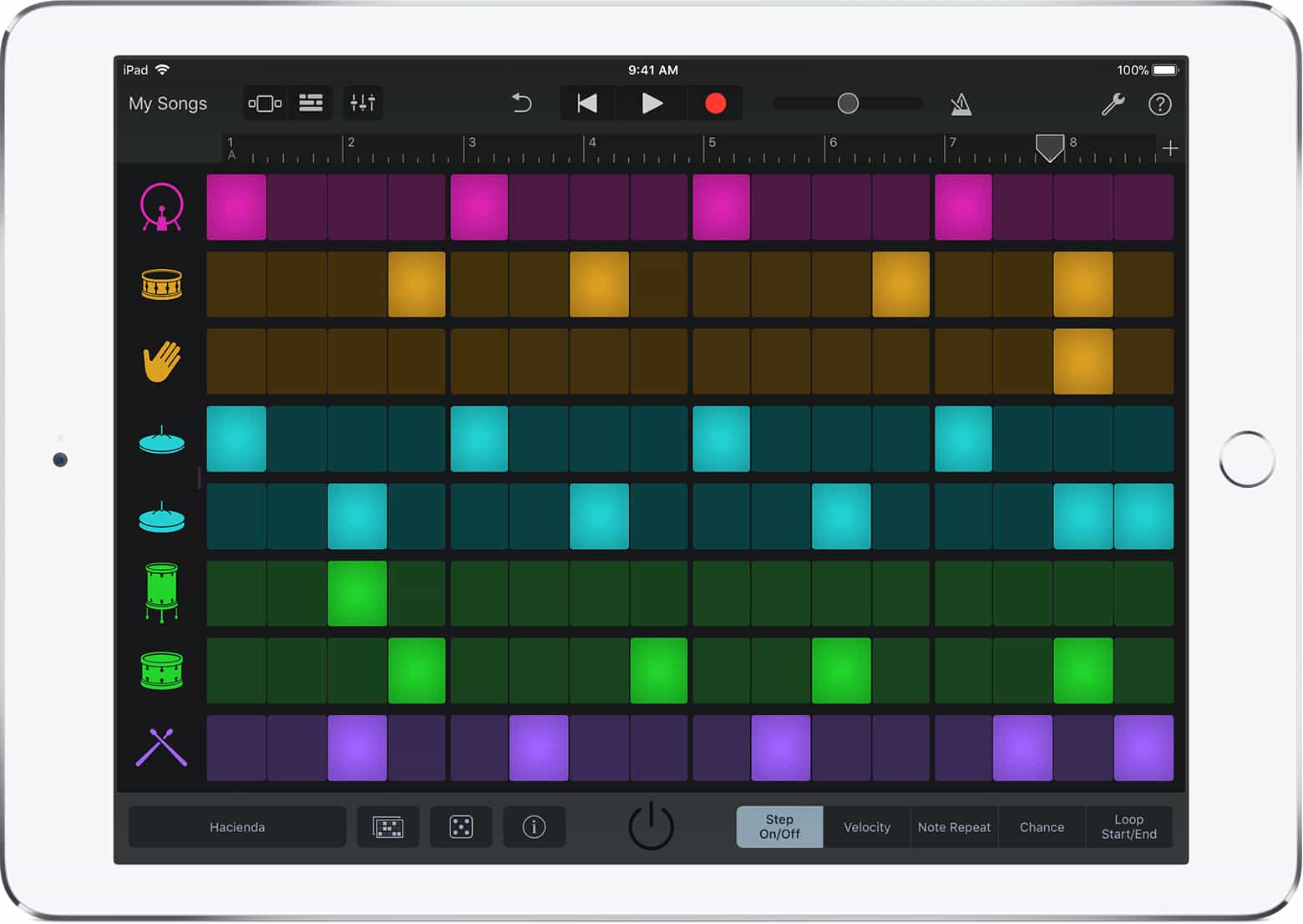

One place where Apple really shines – and the thing that’s fun to play with even if the rest might bore you – is their touch instruments. GarageBand’s music production tools are okay, though they’ve got a lot of competition.


Some creative abuse might spark some new music styles, too, outside of recreating traditional Japanese music. Moog’s Model 15, which I’ll write about separately, just added support for extensions to the AU format that allow rescaling, so now you can put that big, tasty Moog interface across the whole screen, then use GarageBand for recording and arrangement.
#GARAGEBAND BEAT UPDATE#
In fact, this update allows the use of full-screen interfaces, so you can use all that screen real estate – especially nice if you’re on, say, an iPad Pro. And that makes this potentially the biggest entry point to music software available (though it’s tough to say how exactly how many people take Apple up on it in practice).įor newcomers, the main reason this update matters: you get a convenient new interface for programming rhythms, some new touch instruments, and a bunch of new sound libraries.įor more advanced mobile users, none of that may be exciting, so let me put it this way: GarageBand is right now probably your best starting point for hosting Audio Unit (AU) plug-in instruments and effects. Apple’s generous availability of its serious, beginner-friendly producer tool means theoretically anyone with an iPad or iPhone might wind up using it. The first thing to know about GarageBand is, it’s everywhere. Apple’s music production tool gets a new step sequencer for rhythms, sound libraries, and Eastern touch instruments – plus it looks good on the iPhone X.


 0 kommentar(er)
0 kommentar(er)
